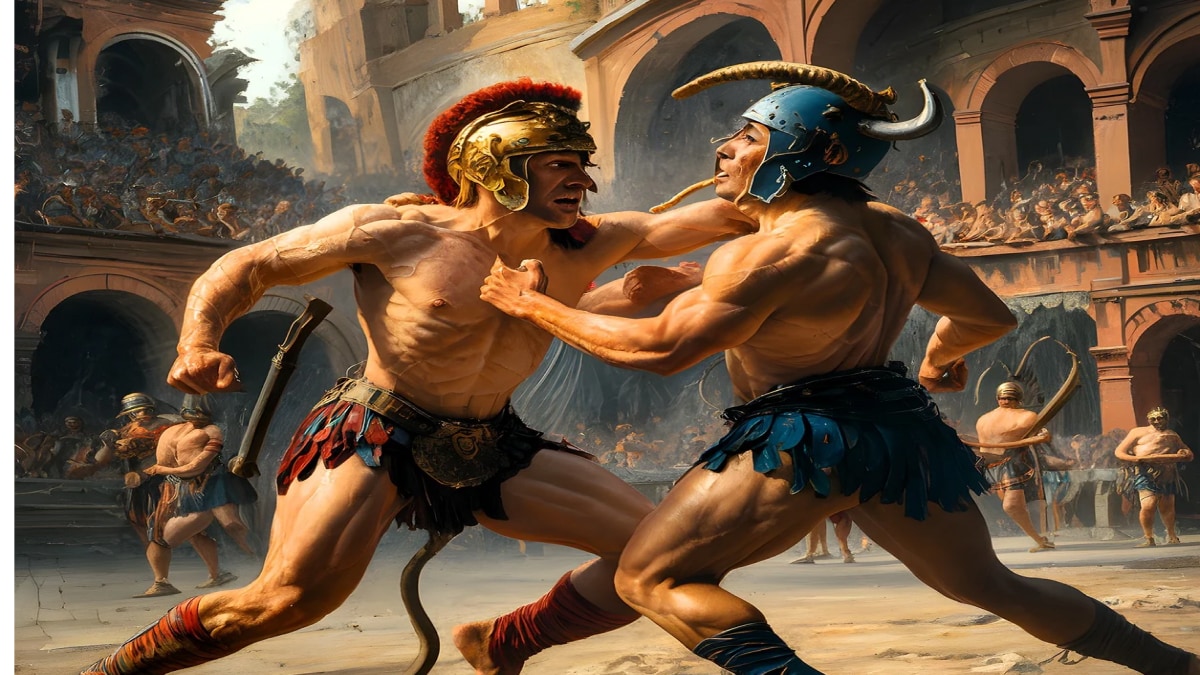Did Gladiators Really Fight to the Death? Here’s What You Need to Know

The life of a Roman gladiator was filled with violence and danger, but the idea that these fighters always fought to the death is somewhat exaggerated. Historical evidence shows that while there were fatalities, they weren’t as common as popular media suggests. Researcher Alfonso Manas of the University of California, Berkeley, told LiveScience that gladiator mortality rates fluctuated over time. Early records, such as tomb paintings from the fourth century B.C. in Paestum, depict gruesome injuries, suggesting that many early gladiatorial fights could indeed be deadly.
Changes in gladiatorial combat
Following major reforms around 27 BC, particularly during the reigns of Emperor Augustus and Tiberius, the nature of gladiatorial combat changed. These reforms were aimed at reducing the number of deaths in the arena. In the 1st century AD, records from Pompeii suggest that only one in five gladiatorial combats ended in death. Interestingly, the decrease in fatalities led some free individuals to choose the life of a gladiator, in addition to the many enslaved fighters, he further highlights.
Role of the referee
The presence of a referee, known as the summa rudis, played a crucial role in maintaining order during fights. This official could stop a bout if a gladiator appeared to be in imminent danger. If a gladiator surrendered by dropping his shield and raising a finger, he could be spared, depending on the wishes of the event organizer.
The Rise of Brutality
However, the appetite for bloodshed increased in the third century AD, and many battles ended in the death of the loser. The social climate shifted towards greater tolerance for cruelty, with reports suggesting that fatalities were becoming more common.
Untrained fighters
Furthermore, not all participants in the arena were trained gladiators. Many untrained prisoners, often convicted criminals, were pitted against wild animals, making survival nearly impossible. This practice served not only as entertainment, but also as a grim warning to the population about the consequences of crime.




